When it comes to indoor plants, Pothos and Philodendron are two popular choices that often confuse indoor gardeners. Despite their similarities, they also differ sharply in other ways. Aiding Plant Identification While Pothos and Philodendrons may share initial resemblances, their leaf textures, unfurling patterns of new leaves, and the distinct characteristics of their petioles can serve as valuable markers for distinguishing between the two. How to decide which one is right? Let’s dive into the ocean of words to explore!
Similarities: Pothos vs. Philodendron
Despite their differences, Pothos and Philodendron share some similarities. Both plants belong to the same family, Araceae, and are native to tropical regions. They thrive in similar conditions and require moderate to bright indirect light. Additionally, both Pothos and Philodendron are known for their air-purifying qualities, making them excellent choices for indoor spaces. Their ability to remove toxins from the air contributes to a healthier and more pleasant environment. Whether you choose Pothos or Philodendron, you can have clean breath in your home or office.
Differences: Pothos vs. Philodendron
While Pothos and Philodendron may look similar at first glimpse, these two plants have some essential contrasts. One notable difference lies in their leaf shape and hue. Pothos leaves are heart-shaped and come in various shades of green, while Philodendron leaves are typically larger and come in multiple forms, including split-leaf and heart-shaped. Another difference is their growth habit. Philodendrons grow upright, while photos grow trailing. It is imperative that you are able to distinguish these two plants with the help of a clear understanding of these differences. [1]Grow Pothos vs. Philodendron. Read
Comparing Pothos and Philodendron Plant Type
Similar Appearances, Comparative Kinship Both Pothos (Epipremnum aureum) and Philodendron exhibit the common traits of climbing vines with heart-shaped leaves. These plants also share the intriguing characteristic of developing roots along their stems. Furthermore, their botanical family ties them to the aroid family, enclosing various well-known houseplants. Familiar aroid cousins include arrowhead vine (Syngonium), elephant’s ear (Alocasia), peace lily (Spathiphyllum), Anthurium, Dieffenbachia, Monstera, and ZZ plant (Zamioculcas zamiifolia).

Comparing Pothos vs. Philodendron leaf texture
Delving into Leaf Textures Upon closer examination, distinctions between the Pothos and Philodendrons become apparent through their leaf textures. Pothos leaves boast a more evident textural quality, often coupled with greater thickness. In contrast, Philodendron leaves favor a smoother surface and a comparatively thinner structure. However, this divergence in texture is a notable factor in differentiation. [2]Difference between two indoor plants, Pothos and Philodendron. Read
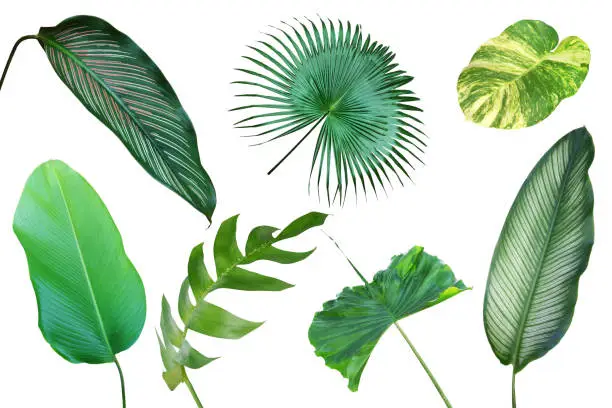
Comparing Pothos vs. Philodendron Unfurling Leaf Patterns
New Leaves convey a notable element when differentiating these plants lies in how their new leaves emerge. As they sprout, Philodendrons are enclosed in a defensive wrapper, which eventually unfurls to reveal the mature leaf. In contrast, Pothos leaves unfurl directly without such a covering. This distinctive behavior of new leaves is a meaningful sign to differentiate between the two plants.

Petiole characteristics
Interpreting Petiole characteristics and turning attention to the petiole, or leaf stem, reveals another element for distinguishing between Pothos vs. Philodendron. Pothos petioles typically exhibit an understandable groove between the leaf and the plant’s stem. On the other hand, Philodendron petioles have a distinctive roundness and a smooth surface. This variation in petiole characteristics provides a tangible clue to discern one plant from another. [3]Distinguishing between Pothos vs. Philodendron. Read

Keeping these elements closely observed assists in plant identification and deepens our wisdom of the intricate variations within the plant kingdom.
Pruning Approach: Philodendron vs Pothos
Managing optimal maturing
In optimal growing conditions, considerable Philodendron and Pothos vining variants can sometimes exceed their boundaries, provoking strategic pruning. However, this procedure can be undertaken at any point during the year. Pruning serves both to prevent excessive vine length and to promote an overgrown, well-branched appearance.
Timing of pruning
Pruning can be conducted throughout the year with no strict seasonal restrictions. This flexibility allows you to adjust the plant’s growth to a manageable size.
Precision in pruning
A critical approach to pruning entails careful trimming just above a leaf. This technique prevents the formation of unattractive destroyed branches between the last leaf and the cut section. By selecting this method, you provoke the plant to develop fresh growth from the intersection of the upper one or two leaves that remain on the stem.
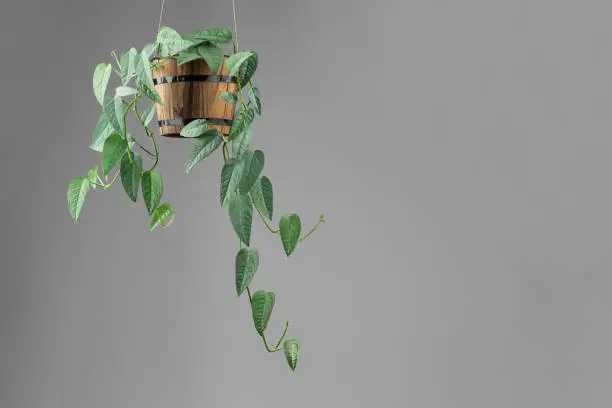
Encouraging New Growth
It’s worth noting that pruning encourages philodendrons and pothos to generate new growth at the junction where the top leaves are situated. This stimulating growth mechanism is an essential consideration when trimming.
Distinct pruning considerations
Non-vining variants of philodendron, such as ‘Super Atom,’ deviate from the vining varieties. These varieties lack the extended areas of stem known as internodes, which separate the leaves. Therefore, pruning concerns for vining species don’t apply to their non-vining counterparts.
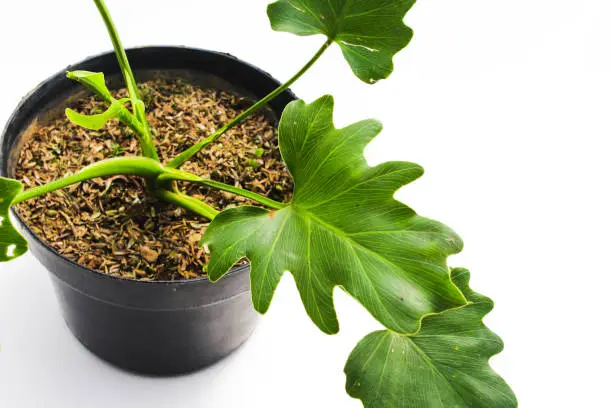
By following precision pruning approaches and understanding regrowth dynamics, you can maintain an artful balance between controlled growth and the plant.
Pothos: Characteristics, and Popular Varieties
Pothos, known as Devil’s Ivy, is famous for beginner plant enthusiasts due to its easy-care nature. There are variegated varieties with splashes of yellow or white at the edges of their heart-shaped leaves. Pothos is a fast-growing plant that can thrive in a wide range of light conditions, making it suitable for almost any space. It overlooks when watering, as it can take periodic neglect. However, keeping Pothos fresh is essential, as it prefers to dry out between waterings. Some popular Pothos varieties include Golden Pothos, Marble Queen Pothos, and Neon Pothos.
Few varieties of Pothos
Epipremnum Pearls and Jade
Pearls and Jade Pothos stand out with their distinct characteristics. Compared to most other varieties, it grows slower. Each leaf boasts unique, irregular variegation embellished with stripes, splashes, and silver and white marks.
Read: Jade Plant Types: Exploring a World of Green Varieties!

Jessenia Pothos (Epipremnum ‘Jessenia’)
Jessenia Pothos, a recent addition, showcases its individuality through mid-green leaves beautifully variegated with chartreuse hue stripes. Its leaf pattern resembles that of Marble Queen Pothos and grows similarly. However, Jessenia is somewhat less commonly found compared to other Pothos varieties.

Cebu Blue Pothos (Epipremnum pinnatum’ Cebu Blue’)
Cebu Blue Pothos offers a unique charm despite its lack of variegation. The excitement lies in its unusual blue-green leafage embellished with a gorgeous metallic shine. With vertical growth, the leaves gradually develop striking cuts, resembling the bold leaf holes seen in Monstera leaves over time.
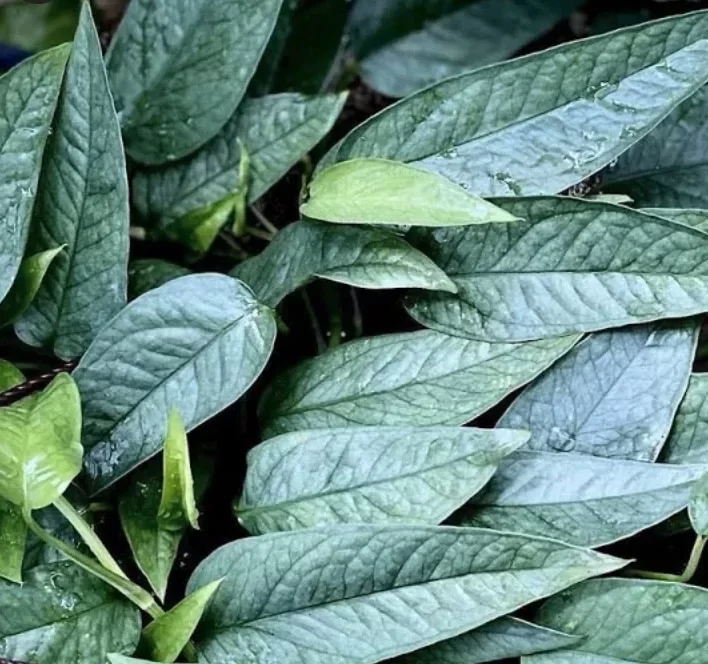
Philodendrons: Characteristics, and Popular Varieties
Philodendron is another popular indoor plant known for its attractive greenery. With their large, glossy leaves, Philodendrons add a touch of elegance to any space. It comes in various forms and dimensions, including split-leaf Philodendrons with their unique leaf structure. Philodendrons flourish in bright indirect daylight but can tolerate low light conditions. It requires regular watering; however, overwatering can affect root development, so finding the right balance is essential. Some popular Philodendron varieties include Heartleaf Philodendron, Swiss Cheese Philodendron, and Monstera Deliciosa.
Few varieties of Philodendron
Moonlight Philodendron
The Moonlight Philodendron (Philodendron ‘Moonlight’) is an excellent choice for adding positive energy to your home. Its vegetation unfurls in a bright chartreuse hue, gradually transitioning to a mid-green shade as it matures. Optimal coloring achieves with bright daylight, and maintaining average to high humidity during winter prevents brown leaf tips and edges.
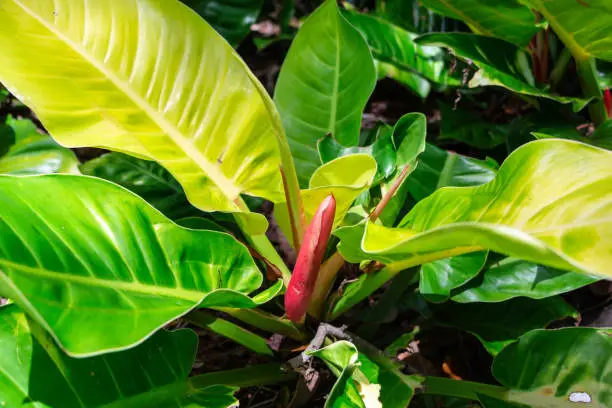
Red Congo Philodendron
The Red Congo Philodendron (Philodendron ‘Red Congo’) is a non-climbing variety with unique characteristics. New vegetation emerges in a captivating burgundy-red color that highlights its large, tropical-looking dark green leaves. Flourishing in bright daylight and warm temperatures, this plant prefers indoor conditions with average to above-average humidity.
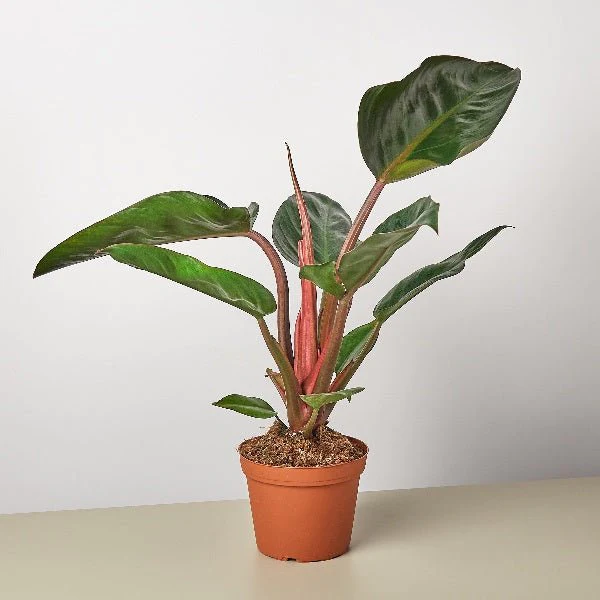
Super Atom Philodendron
The Super Atom Philodendron (Philodendron ‘Super Atom’) is a standout choice for those seeking a compact alternative. This Philodendron selloum variation maintains a small height, not exceeding a few feet in height. Its dark green, slightly crinkled leaves form a distinctive tight, vase-like shape. Notably durable, the Super Atom tolerates low light, low humidity, and irregular watering conditions easily.
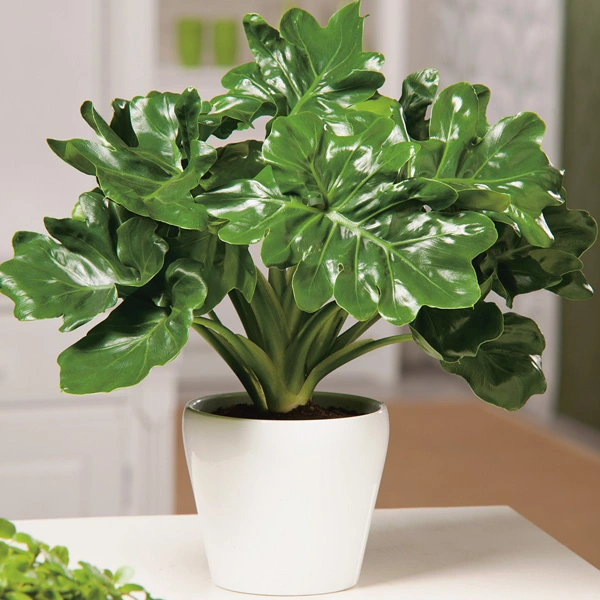
Pothos vs. Philodendron: Light and Water Requirements
Consider factors when choosing between Pothos and Philodendrons are their light and water requirements. Pothos can tolerate various light conditions, from low to bright indirect light. It is a universal plant that can adapt to different lighting situations. On the other hand, Philodendron prefers bright indirect daylight but can also tolerate low light conditions. When it comes to watering, Pothos likes to dry out between waterings, while Philodendron requires regular watering. Understanding these differences will help you provide proper care for your chosen plant.
Read: Pothos Watering Guide: Mastering the Art for Thriving Greenery
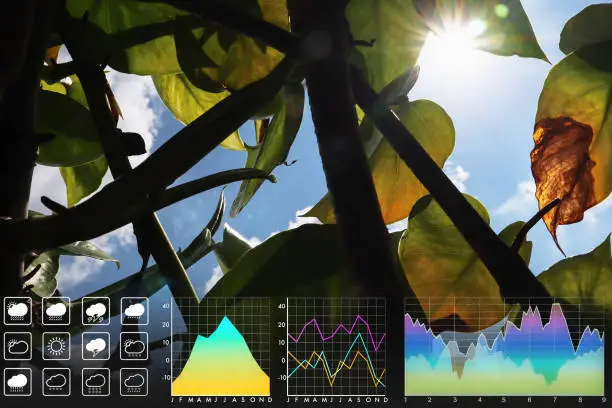
Pothos vs. Philodendron: Growth Habits and Propagation Methods
Another aspect to consider when comparing Pothos and Philodendrons is their growth habits and propagation methods. An attractive trailing vine, Pothos can be trained to climb or be clad in hanging baskets. Cuttings of Pothos can be rooted in water or soil, making propagation easy. Contrariwise, Philodendron tends to grow upright and can be trained to climb with the help of a moss pole or trellis, but it’s not a climbing plant. Propagating Philodendron can be done through stem cuttings. Understanding these growth habits and propagation methods will help you decide which plant suits your interior area.
Pothos vs. Philodendron: Common Pests and Diseases
Like any plant, Pothos and Philodendrons are susceptible to pests and diseases. Caring for these potential problems can keep your Pothos and Philodendrons healthy and flourishing.
Common Issues and Remedies for Philodendron and Pothos
| Issue | Cause and Explanation | Remedies and Solutions |
| Yellow leaves | Natural for older leaves; excessive yellowing indicates issues like overwatering or underwatering causing root problems | Balanced watering, ensuring proper drainage |
| Pale spots | Sunburn due to sudden exposure to direct daylight | Avoid direct sun exposure |
| Brown spots | Disease infection causing yellow-ringed brown spots | Remove infected leaves, prevent misting |
| Limp leaves | Exposure to cold temperatures or severe dryness | Provide proper humidity |
| Loss of Variegation | Insufficient light affects variegated cultivars | Provide bright daylight conditions to maintain variegation |
| Weak growth | Root binding or nutrient deficiency affects growth | Fertilize regularly during the growth season |
Read: Does Pothos leave turning yellow? 10+ Reasons and Solutions
Pothos vs. Philodendron: Which One Is the Right Choice?
Pothos may be the ideal choice for a beginner due to its easy-going nature and ability to flourish in various light conditions, making it a low-maintenance plant. On the other hand, if you are looking for a statement piece with large, glossy leaves, Philodendrons may be the perfect fit. Its graceful greenery and ability to purify the air make it a popular choice for indoor and interior areas. Consider your lighting conditions, and care routine to choose the plant that suits you best.
Choosing the Perfect Plant for Your Interior
This blog clarifies the secret behind Pothos and Philodendron’s popular indoor plants. While they may share similarities, they differ in leaf shape, growth habits, and care conditions. Pothos is an easy-care plant that can flourish in various light conditions, making it suitable for beginners or those with little daylight. With its lavish greenery and air-purifying qualities, Philodendron adds a touch of enlightenment to any interior space. You can enjoy indoor greenery’s beauty and benefits by understanding the plants’ characteristics, care tips, and differences.



